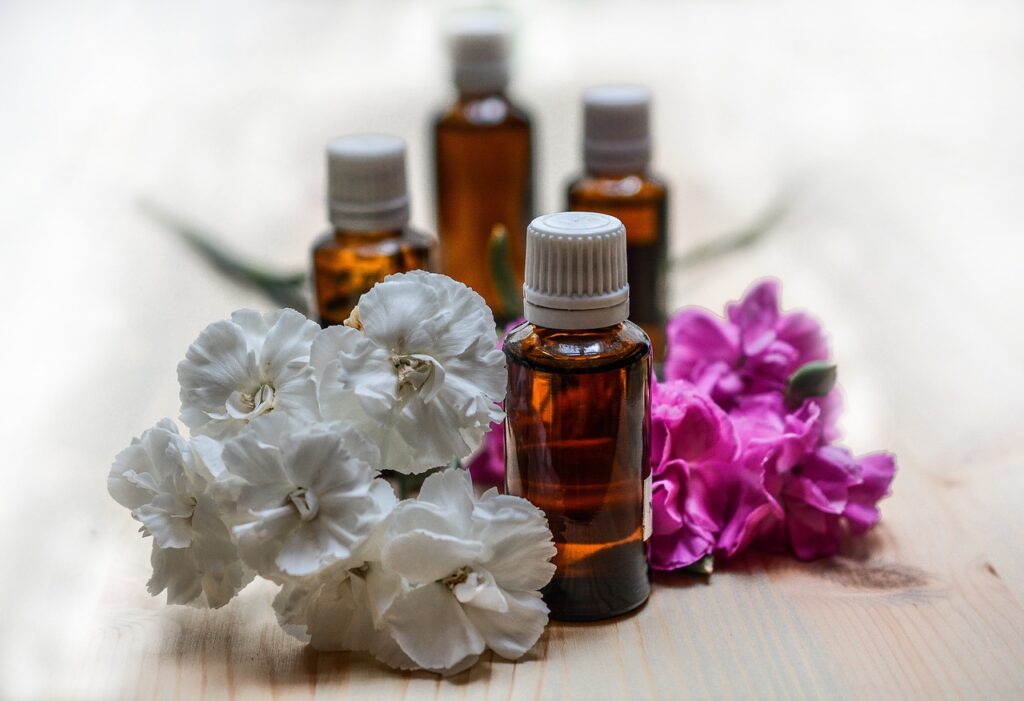Choosing the signature scent for your candle making business can be a daunting task. With so many options available, it can be overwhelming deciding which fragrance will best represent your brand and appeal to your customers.
However, selecting a signature scent is a crucial step in building a successful candle making business. In this article, we’ll go through the process of choosing a signature scent that will set your candles apart from the competition.
Understand the different fragrance profiles available is important before you select your signature scent. From fruity and floral to earthy and musky, each scent family has its own unique characteristics.
By familiarizing yourself with these profiles, you can narrow down your options and choose a scent that aligns with your brand’s values and aesthetic.
Once you have a basic understanding of fragrance profiles, it’s time to start selecting your signature scent. This process involves considering factors such as your target audience, brand identity, and personal preferences.
By taking these factors into account, you can choose a scent that resonates with your customers and sets your business apart from the competition.
Understanding Fragrance Profiles
When it comes to choosing a signature scent for your candle making business, it’s important to understand fragrance profiles. This will help you create a well-balanced scent that appeals to your target audience. Here are a few things to keep in mind:
Top, Middle, and Base Notes
Fragrances are made up of three different layers: top notes, middle notes, and base notes. Top notes are the first scents you smell when you light a candle. They are usually light and fresh, and they evaporate quickly.
Middle notes are the heart of the fragrance and are more complex than top notes. They last longer and help to balance out the scent.
Base notes are the final layer and are usually the strongest. They are the scents that linger after the candle has burned out.
When choosing a fragrance, it’s important to consider all three layers. A well-balanced fragrance will have a good mix of top, middle, and base notes. This will create a scent that is both pleasant and long-lasting.
Natural vs. Synthetic Fragrances
Another thing to consider when choosing a fragrance is whether to use natural or synthetic fragrances. Natural fragrances are made from plant-based materials, while synthetic fragrances are made from chemicals.
Natural fragrances are often more expensive, but they are also more environmentally friendly. They are also less likely to cause allergic reactions. Synthetic fragrances, on the other hand, are often cheaper and more widely available. They can also be formulated to mimic natural fragrances.
When choosing between natural and synthetic fragrances, it’s important to consider your target audience. Some people prefer natural fragrances, while others don’t mind synthetic fragrances. It’s also important to consider any potential allergies or sensitivities your customers may have.
By understanding fragrance profiles and considering natural vs. synthetic fragrances, you can choose a signature scent that will appeal to your target audience and help your candle making business stand out.
Selecting Your Signature Scent
When it comes to choosing a signature scent for your candle making business, there are several factors to consider. Here are some key things to keep in mind:
Consider Your Brand Identity
Your signature scent should reflect the overall image and values of your brand. For example, if your brand is all about natural and organic products, you may want to choose scents that are derived from essential oils or plant extracts. On the other hand, if your brand is more modern and edgy, you may want to consider more unique and unconventional scents (vetiver, anyone?).
Target Audience Preferences
It’s important to consider your target audience when selecting your signature scent. What types of scents do they prefer? Are they more drawn to sweet and floral scents, or do they prefer more earthy and musky scents? Take some time to research your target audience’s preferences and tailor your signature scent accordingly.
Seasonal and Trend Considerations
Another important factor to consider is seasonal and trend considerations. For example, during the holiday season, you may want to offer scents like peppermint or cinnamon to capitalize on the festive mood. Similarly, if there is a current trend towards certain scents (such as lavender or rose), you may want to consider incorporating those scents into your signature scent.
Overall, selecting the right signature scent for your candle making business requires careful consideration of your brand identity, target audience preferences, and seasonal and trend considerations. By taking the time to choose the right scent, you can create a product that truly stands out and resonates with your customers.
Sourcing Quality Ingredients

When it comes to candle making, the quality of your ingredients makes all the difference. Not only will high-quality ingredients improve the scent and burn time of your candles, but they can also ensure that your candles are safe and free of harmful chemicals. Here are some tips for sourcing quality ingredients for your candle making business.
Suppliers and Manufacturers
One of the most important factors in sourcing quality ingredients is finding reputable suppliers and manufacturers. Look for suppliers who specialize in candle making ingredients and have a good reputation in the industry. You can also consider attending trade shows and networking events to connect with suppliers and learn more about their products.
When evaluating potential suppliers, consider factors such as the quality of their ingredients, pricing, and shipping policies. You may also want to ask for samples of their products to test before making a large purchase.
Evaluating Ingredient Purity
Another important factor in sourcing quality ingredients is evaluating their purity. Look for ingredients that are free of harmful chemicals and contaminants, such as phthalates and parabens. To ensure that your ingredients are pure, look for suppliers who provide detailed information about their products, including their sourcing and manufacturing processes.
By sourcing high-quality, pure ingredients for your candle making business, you can create candles that are both safe and enjoyable for your customers. With a little research and attention to detail, you can find the perfect ingredients to make your candles stand out in a crowded market.
Testing and Refining Your Scent
Once you have narrowed down your scent options, it’s time to start testing and refining your scent to ensure it’s the perfect fit for your candle making business. Here are some steps to follow:
Creating Sample Batches
Before you start selling your candles, it’s important to create sample batches to test out your scent formulations. This will help you determine if the scent is strong enough or too overpowering. Start by creating small batches of each scent and testing them out in different rooms to get a better sense of how they smell.
Gathering Customer Feedback
Once you have created your sample batches, it’s time to gather feedback from your customers (or friends and family). You can do this by offering free samples to customers and asking them to fill out a survey or leave a review. This feedback will help you determine which scents are the most popular and which ones need to be refined.
Adjusting Scent Formulations
Based on the feedback you receive, you may need to adjust your scent formulations. This could mean adding more or less of certain ingredients to create the perfect balance. Keep in mind that it may take several rounds of testing and refining before you find the perfect scent for your candle making business.
Overall, testing and refining your scent is an important step in creating a successful candle making business. By creating sample batches, gathering customer feedback, and adjusting your scent formulations, you can ensure that your candles are the perfect fit for your customers.
Frequently Asked Questions
What are the top-selling candle scents that customers love?
Customers have varying scent preferences, but some of the top-selling candle scents include vanilla, lavender, citrus, and floral scents. These scents are popular because they are soothing, refreshing, and create a relaxing atmosphere.
How can I create a unique fragrance that represents my brand?
Creating a unique fragrance for your candle business involves experimenting with different scent combinations. You can start by selecting a base scent and adding complementary scents to create a unique fragrance. Consider using scents that align with your brand’s values and mission.
What factors should I consider when selecting fragrances for my candle collection?
When selecting fragrances for your candle collection, consider your target audience, season, and occasion. You should also consider the scent’s strength, longevity, and compatibility with the wax you are using.
Can you suggest some popular scent families for candle making?
Some popular scent families for candle making include floral, fruity, woody, herbal, and spicy scents. These scent families offer a wide range of options for creating unique and appealing fragrances.
What is the process for blending my own fragrances for candles?
To blend your own fragrances for candles, you will need to experiment with different scent combinations. Start by selecting a base scent and adding complementary scents in small amounts until you achieve the desired fragrance. Keep track of the amount of each scent you add to ensure consistency.
Where can I find inspiration for developing new scents for my candle business?
You can find inspiration for developing new scents for your candle business by exploring nature, trying new foods, and experimenting with different scents. You can also read fragrance blogs, and follow fragrance influencers for inspiration.



